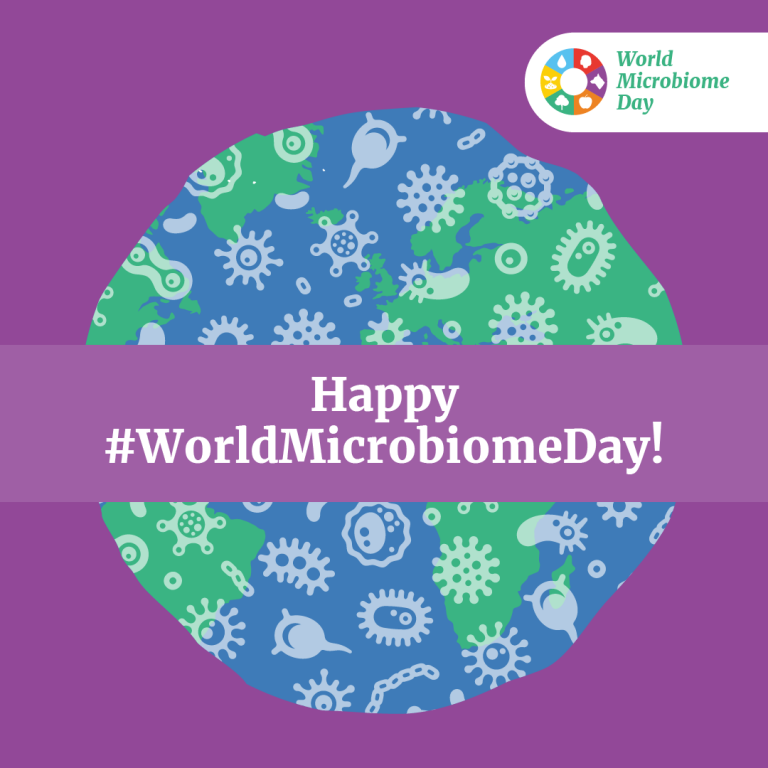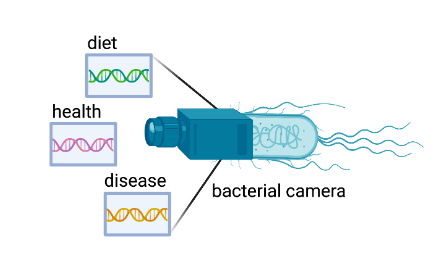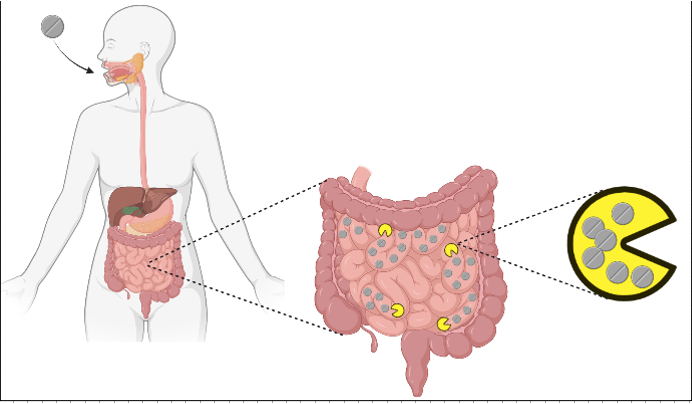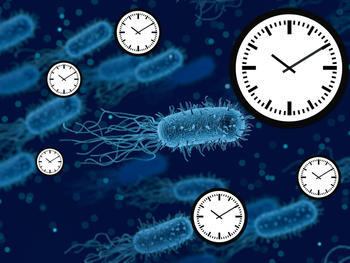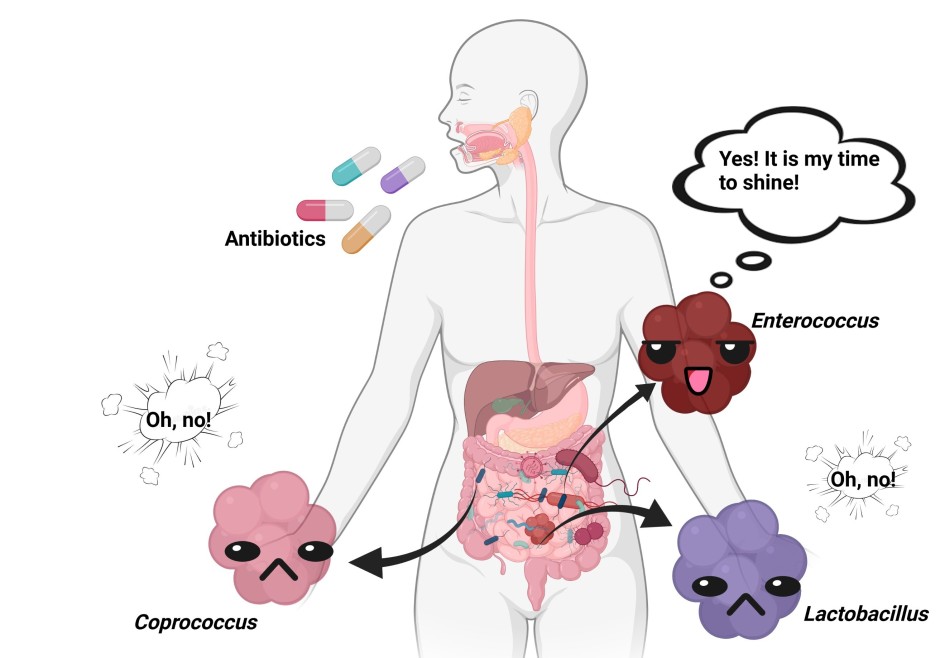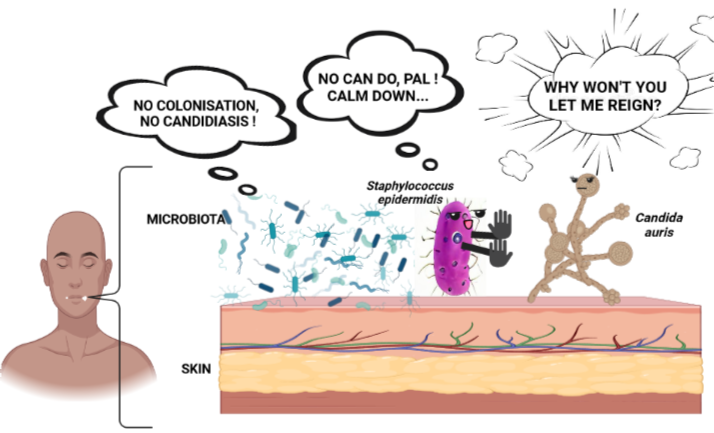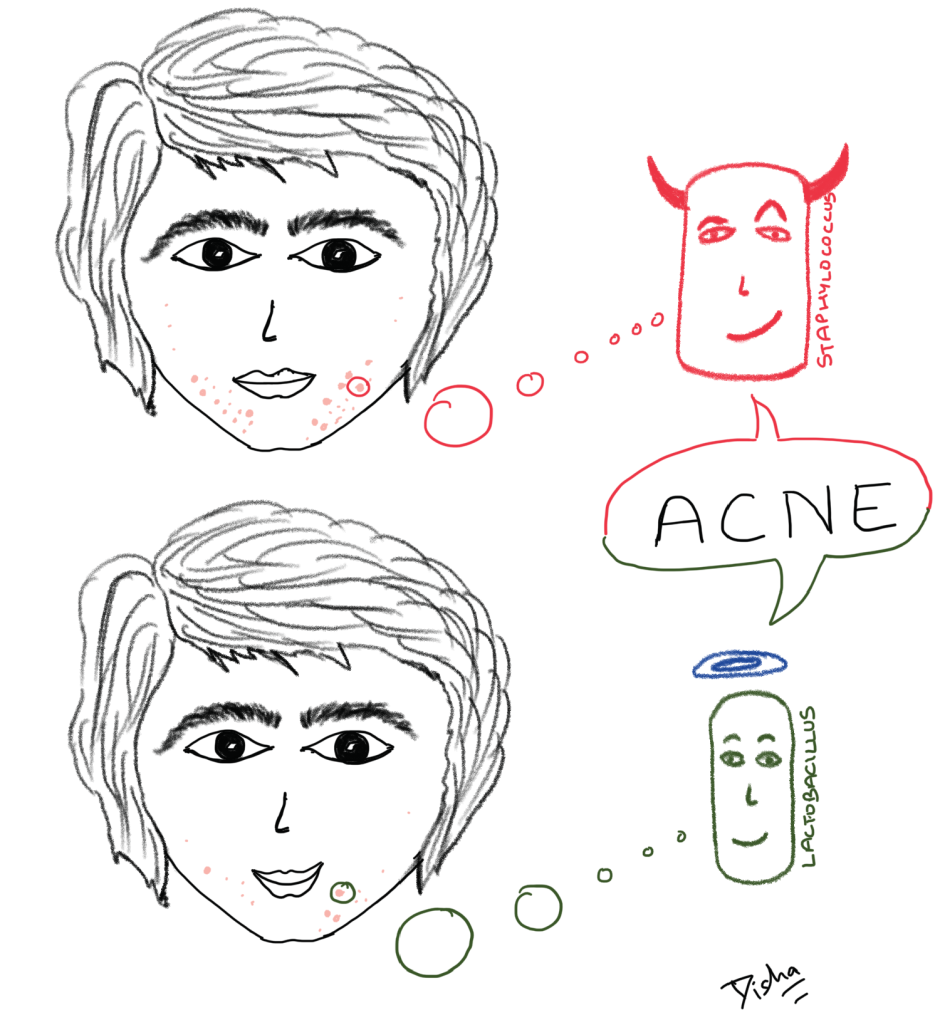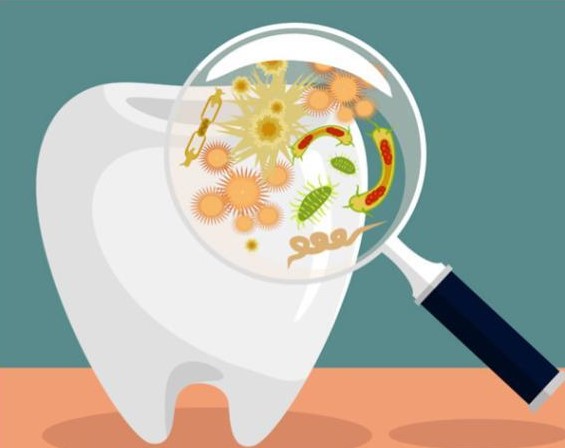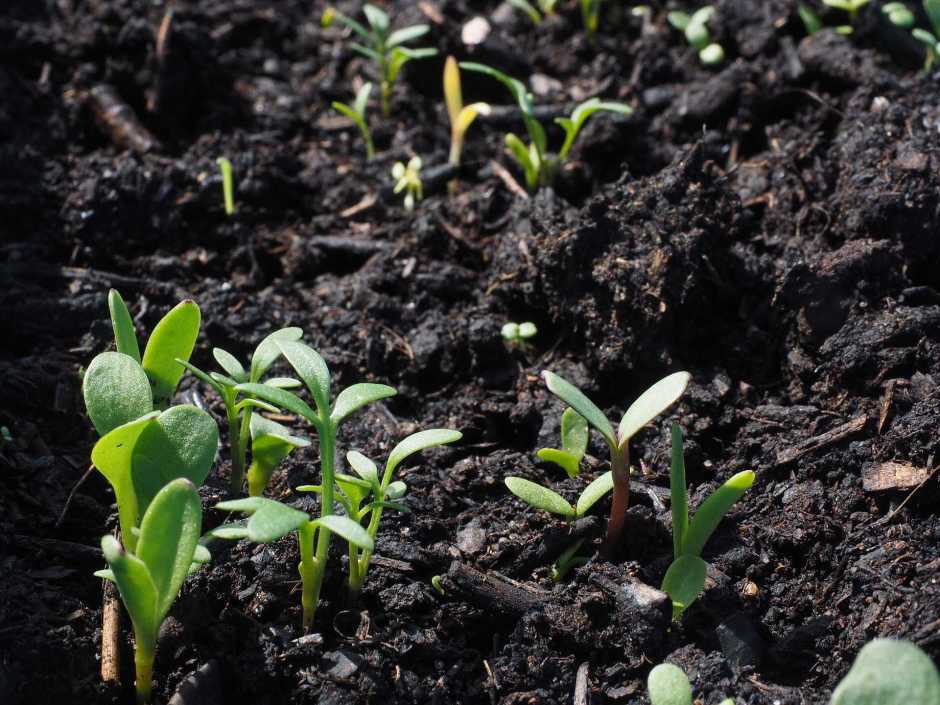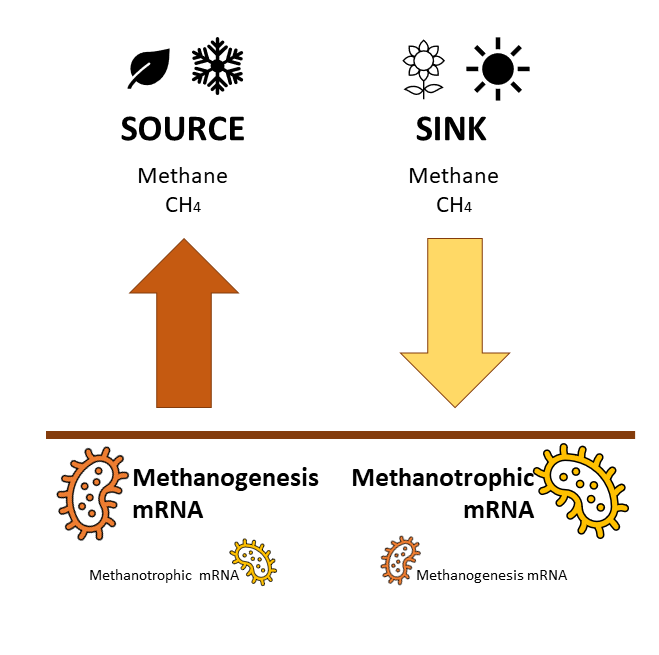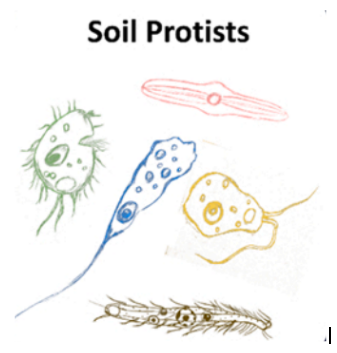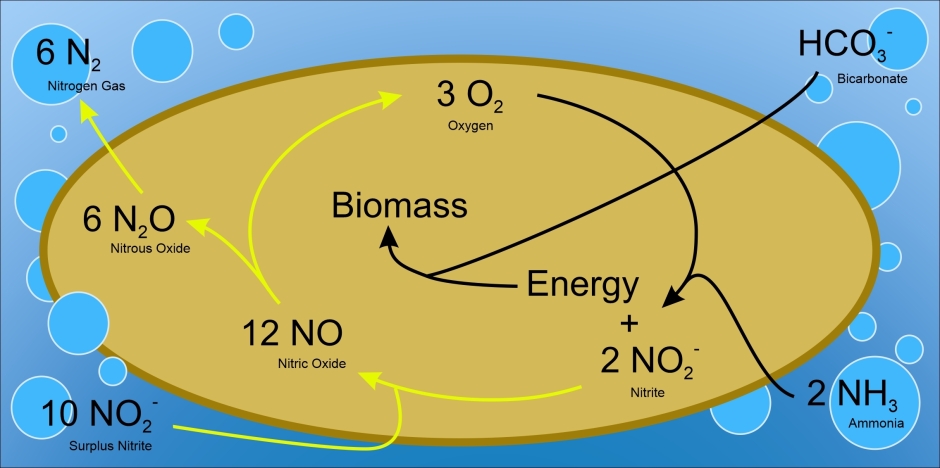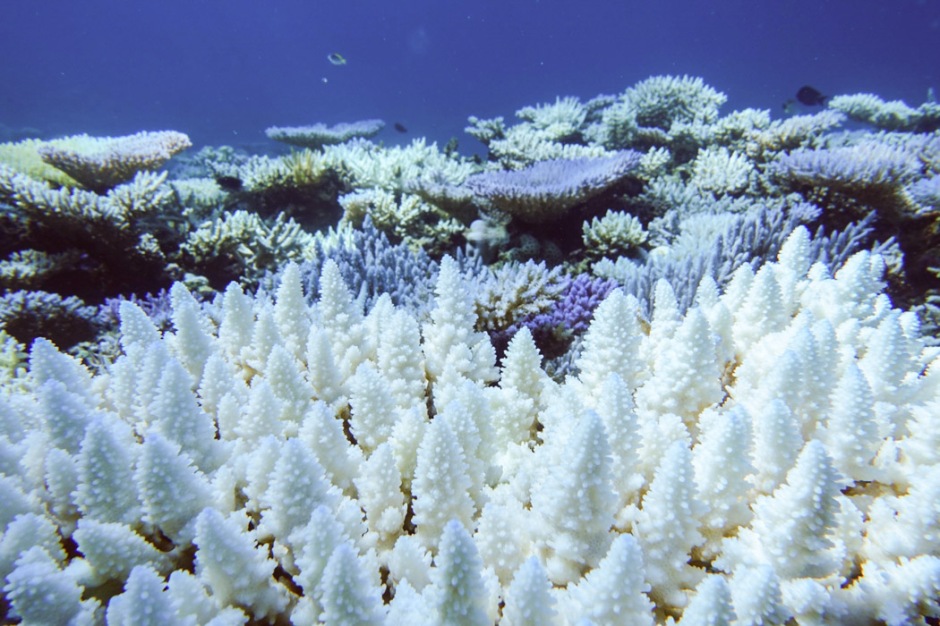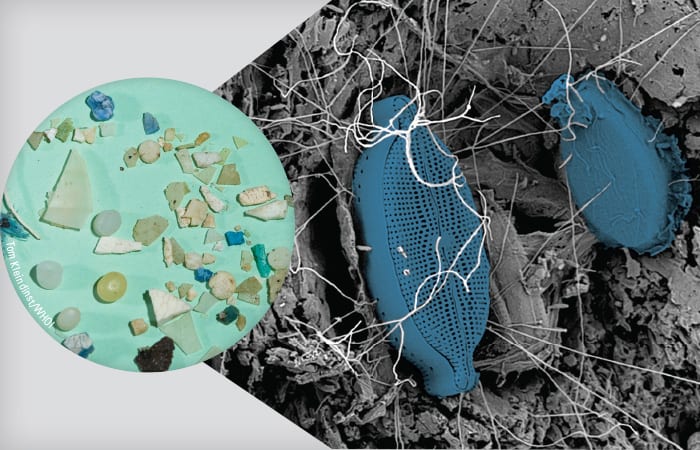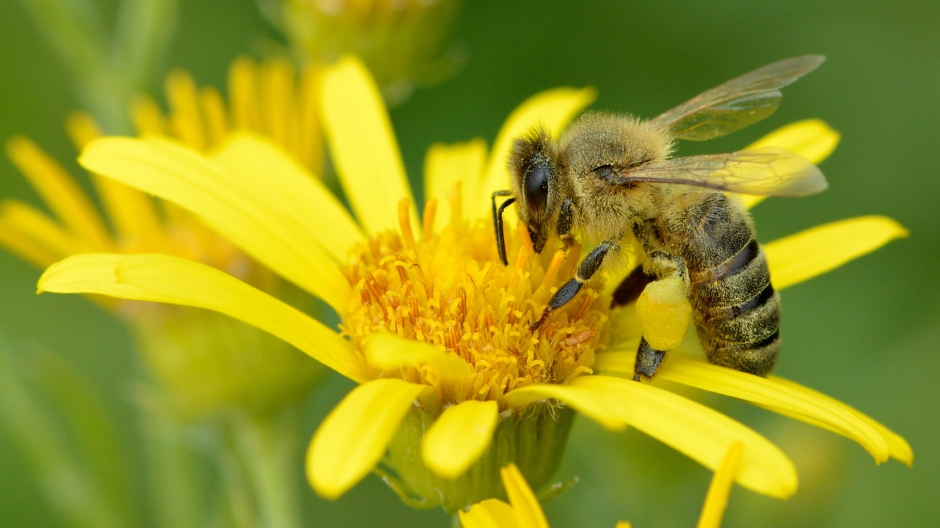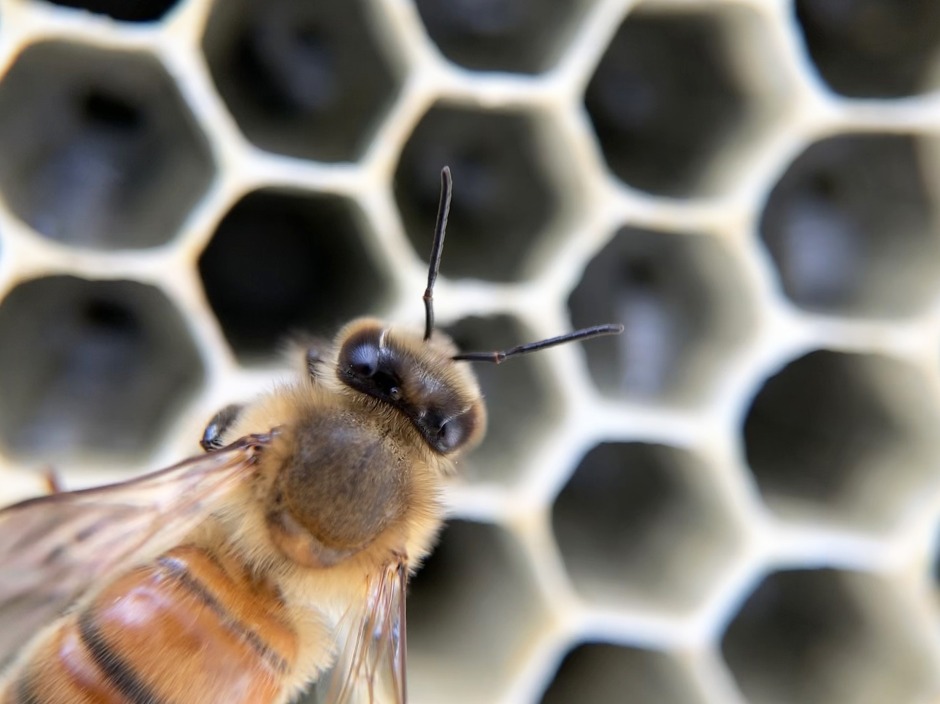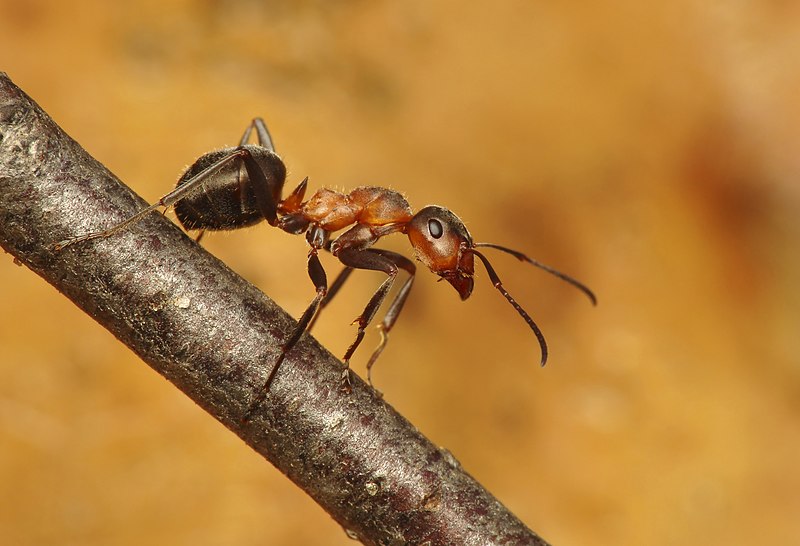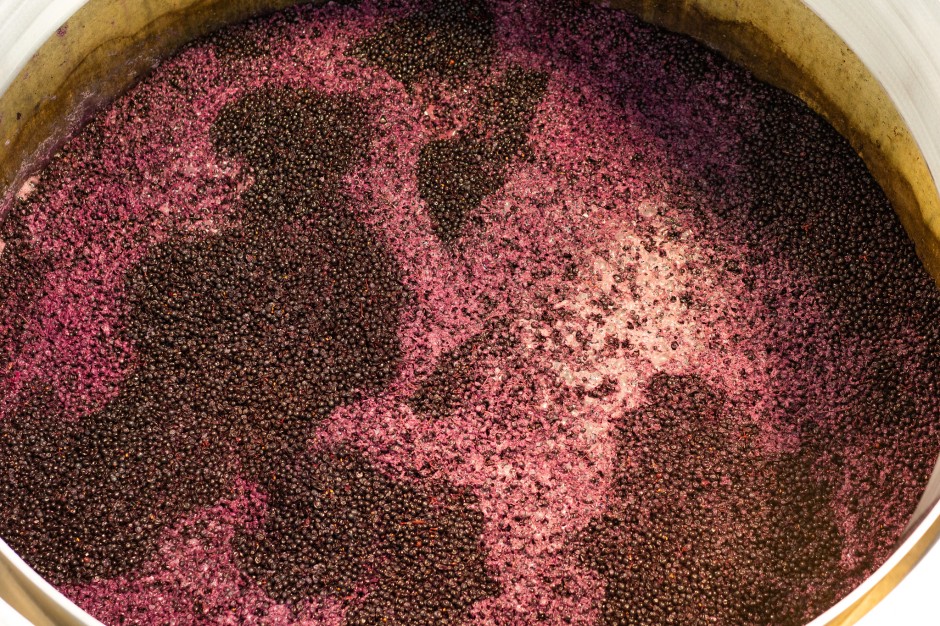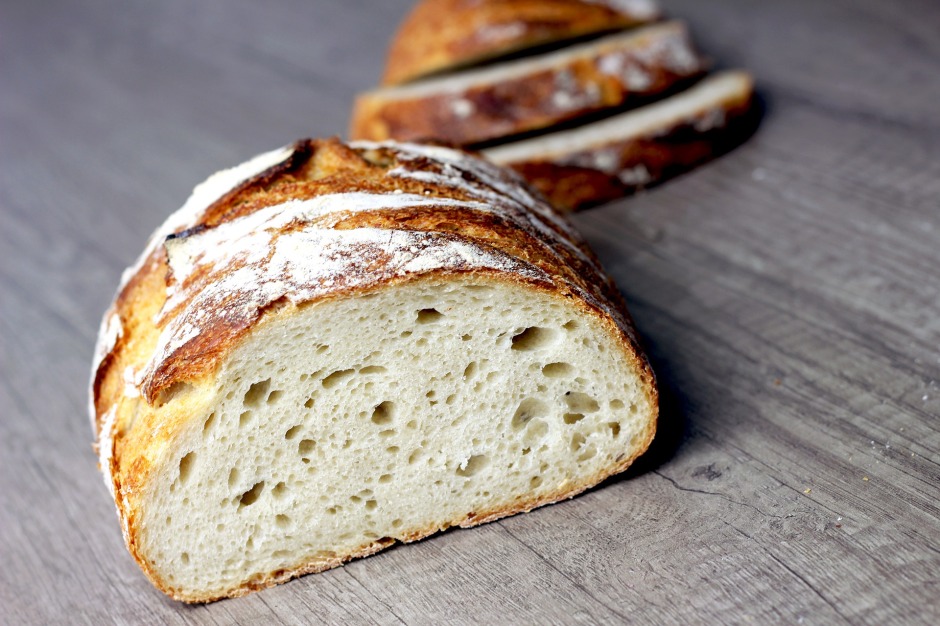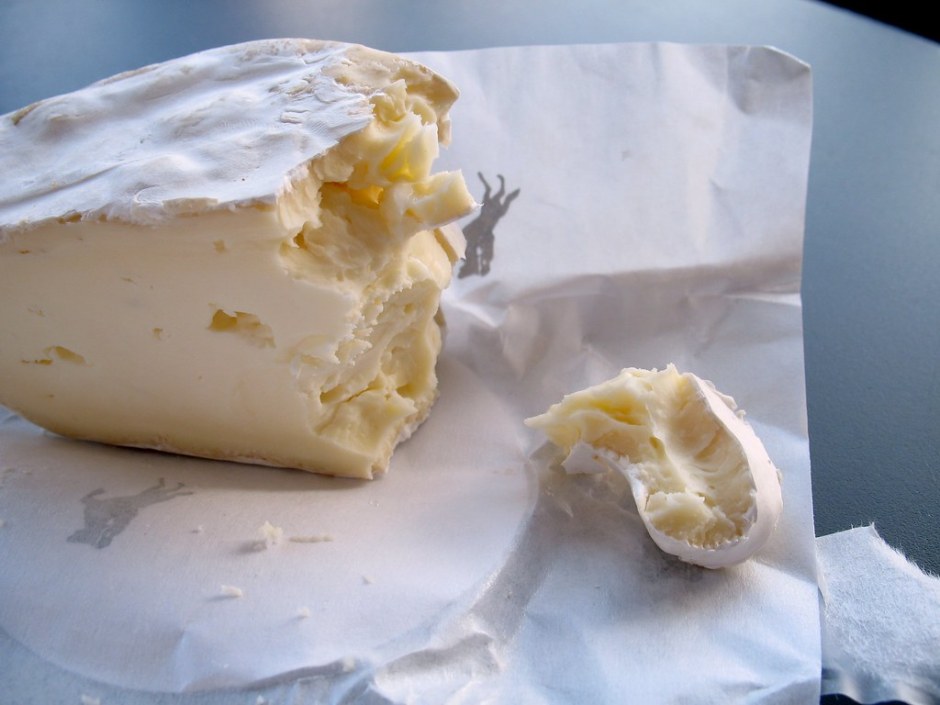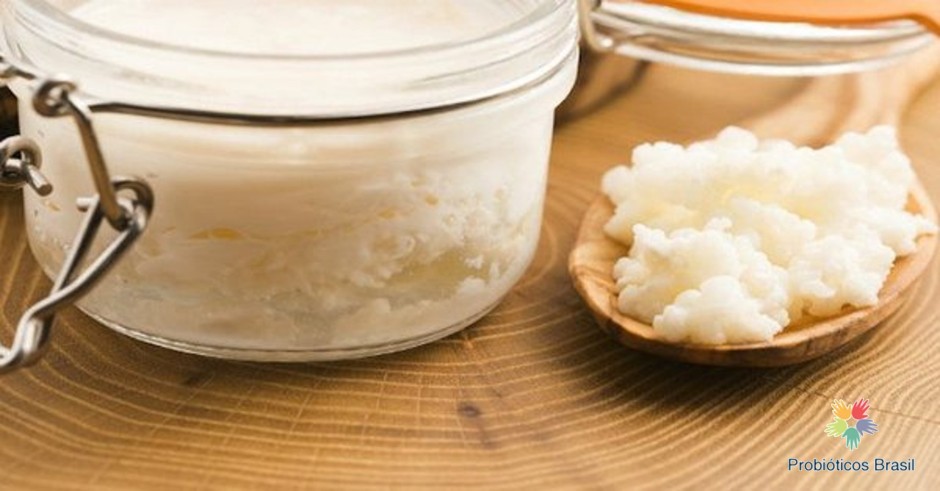
Breaking down the microbiology world one bite at a time
World microbiome day 2023!
Microbiomes are not just human microbiomes, a microbiome refers to microorganisms in a defined environment along with the environment itself (ISAPP).
Learn about what is a microbiome from the Microbiology Society.
Microbiomes diversity
There are various types of microbiomes that exist in different environments.
Gut Microbiome: This is the collection of microorganisms that live in the digestive tract of humans and animals. It plays a crucial role in digestion, nutrient absorption, and the immune system.
Skin Microbiome: This is the collection of microorganisms that live on the skin’s surface. It helps to protect the skin from harmful bacteria, viruses, and other pathogens.
Oral Microbiome: This is the collection of microorganisms that live in the mouth, including the teeth, gums, and tongue. It plays a crucial role in maintaining oral health and preventing dental diseases.
Vaginal Microbiome: This is the collection of microorganisms that live in the vagina of women. It helps to maintain the pH balance and prevent infections.
Soil Microbiome: This is the collection of microorganisms that live in the soil. It plays a crucial role in nutrient cycling, plant growth, and soil fertility.
Ocean Microbiome: This is the collection of microorganisms that live in the ocean. It plays a crucial role in nutrient cycling, carbon fixation, and the marine food web.
Air Microbiome: This is the collection of microorganisms that live in the air. It includes bacteria, fungi, and viruses that can impact human health and the environment.
Insects also have microbiomes:
And even food can be full of (good!!) microbes
But what can we find in microbiomes? We usually think about bacteria only but actually, all micro-organisms can be found depending on the environment.
- Bacterial Microbiome = bacteriome: This is a microbiome that is dominated by bacteria. It is found in many environments such as the gut, skin, oral cavity, and soil.
- Fungal Microbiome = mycobiome: This is a microbiome that is dominated by fungi. It is found in many environments such as the human gut, soil, and water.
- Viral Microbiome = virome: This is a microbiome that is dominated by viruses. It is found in many environments such as the human gut, soil, and water.
- Archaeal Microbiome = archeome: This is a microbiome that is dominated by archaea, a group of single-celled microorganisms that are distinct from bacteria and eukaryotes. Archaea are found in many environments such as extreme habitats like hot springs, deep-sea vents, and salt flats.
